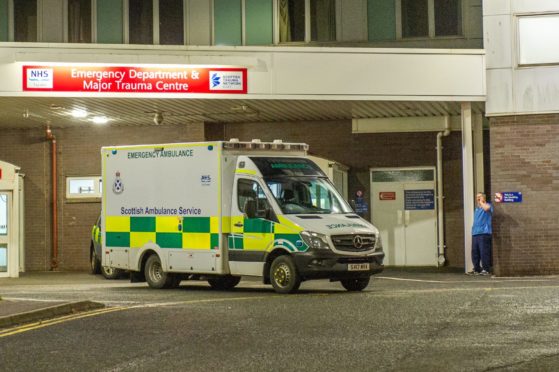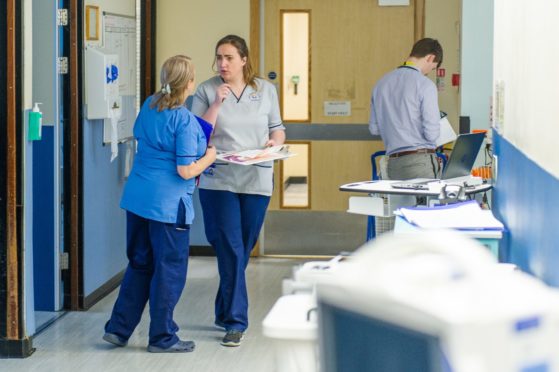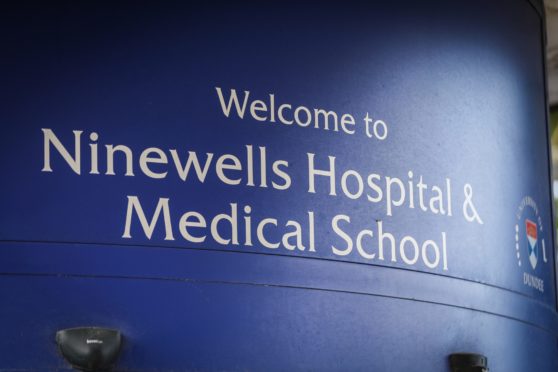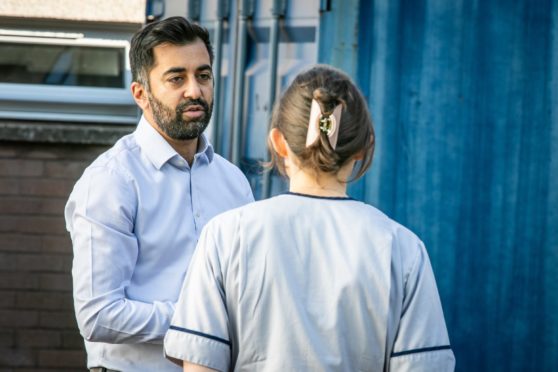Scotland’s emergency departments could face disaster in the coming years, a senior doctor has warned, after a survey of staff found many are experiencing burnout.
The poll of emergency medicine staff across the UK found three in five say they have experienced high levels of burnout, stress and exhaustion.
Dr John Thomson, an A&E consultant and vice president of the Royal College of Emergency Medicine (RCEM), is warning of the risks facing the NHS in Scotland.
He has pointed to the results from the survey by the RCEM which suggests 26% of A&E staff are considering a sabbatical.
Half of those who responded say they are considering reducing their working hours, while 36% of trainees are considering working abroad.
Explaining that it takes around 10 years for a junior doctor to train in emergency medicine, Dr Thomson says patient care could be impacted further if staff leave.
The study by RCEM suggests a further 113 consultants will be needed to safely staff A&E in Tayside, Fife and across Scotland.
Dr Thomson said: “Emergency medicine is an intense specialty anyway, but we have had no respite over the last 18 months with Covid.
“In the last few weeks emergency departments have seen some of their busiest times on record.”
Speaking about the potential for many medics to leave A&E departments, Dr Thomson added: “It’s a crisis in the making.
“Even if only a percentage of those who have expressed a willingness to retire early… or take a career break do so, on top of the staffing gaps, it would be disastrous.”
Asked about what that would mean for patients, Dr Thomson told us: “Emergency departments will still open, and we will still be in a position to manage our sickest patients.
“If you crash your car and need immediate life-saving resuscitation, then you will continue to get that.
Patients that don’t present as being as unwell won’t get timely medical intervention
“Unfortunately the patients that suffer will be those who don’t present as being as unwell, they won’t get timely medical intervention.
“The risk is, worst case scenario, we get to a situation where don’t have enough senior decision makers available to cover 24 hours a day.”
In May, 7,039 A&E attendances were recorded in Fife, of which 87% were seen within the four-hour target.
A total of 7,453 attendances were recorded by NHS Tayside, with 94.3% seen within four hours.
Dr Katherine Henderson, president of the Royal College of Emergency Medicine, has called for “decisive action”.
She said: “Governments must acknowledge the data and reports that show emergency departments across all four nations are struggling to cope, struggling with performance, and struggling to deliver quick, effective and high-quality care, and take the necessary action to address it.
“We urgently need decisive action and leadership, we must achieve safe-staffing levels in emergency departments across the UK, and this workforce must be formed of staff trained and qualified in emergency medicine.”
NHS recovery plan
A Scottish Government spokesperson said: “Staffing levels in Scotland’s NHS have reached a record high.
“Since 2006 the number of consultants employed by NHS Scotland has increased by more than 59%, and the emergency medicine consultant workforce has more than tripled 75.8 WTE to 259.9 WTE.
“Meanwhile 2021 has so far been the most successful year of any of the last five years for the recruitment of trainee doctors.
“Particular attention is being paid to the medical specialties that form the frontline of Covid.
“The health secretary has committed to produce a detailed NHS Recovery Plan within the first 100 days of the new administration.
“This will set out in detail how we intend to meet our ambition of reducing waiting times.”



